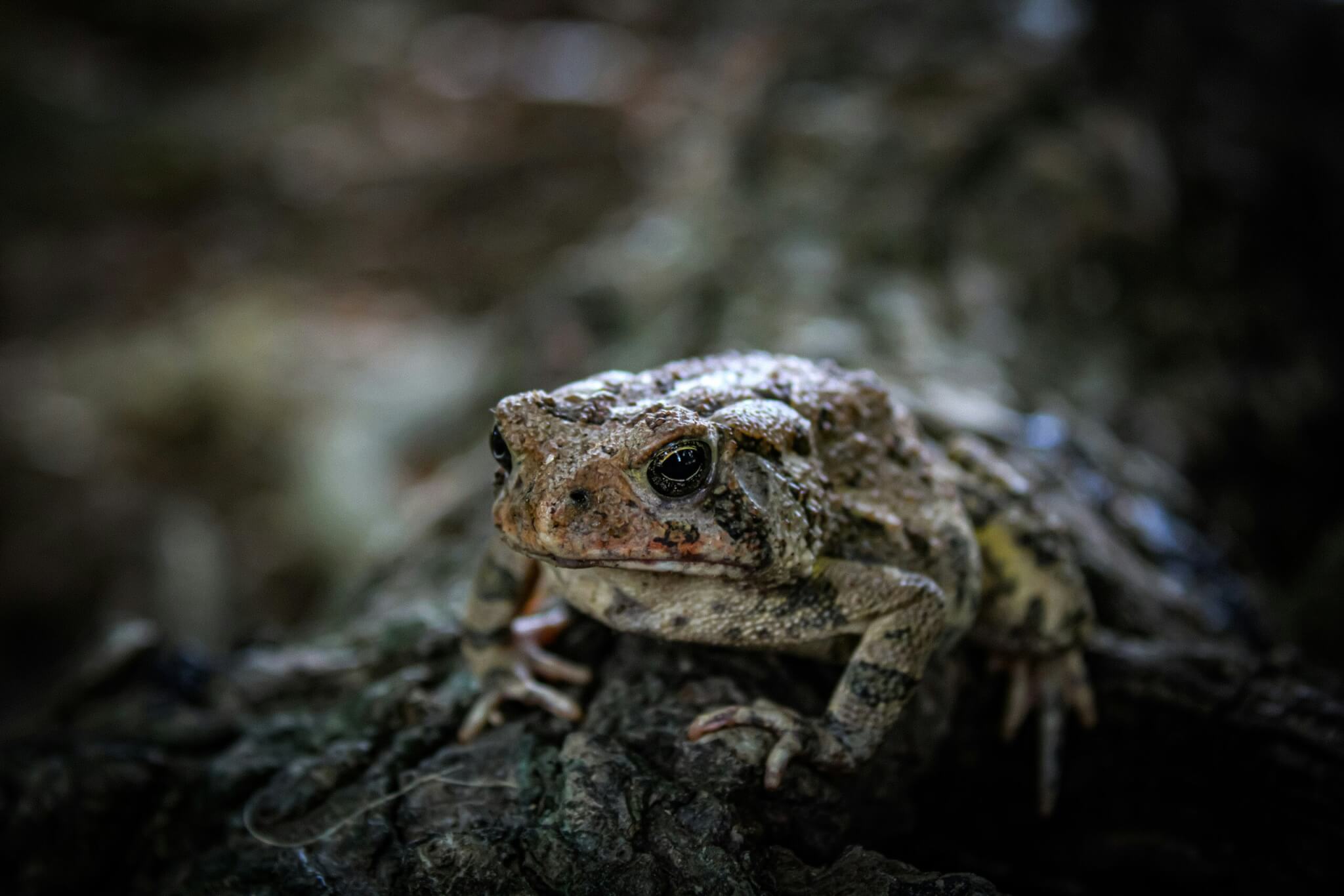A pair of pigeons is edging closer on the branch outside my room. She is tolerating his wooing… from a distance. This is no weather to be starting a brood – or planting vegetables. Like the pigeons, we are in limbo, waiting for the sun to make its appearance; they could be building their nest, and we should be ploughing in readiness, but nothing is happening.
Ploughed ground usually dries faster, provided the furrows stand up and allow air into the soil; should we have taken our meagre chances and ploughed last month? Plough too soon, and the furrows will slump in heavy rain, reducing to an airless pudding which is slower than ever to dry and can go sour. The ideal is to plough far enough ahead to allow soil fungi and bacteria to start breaking down the residues of previous crops, compost and manures into soluble nutrients, but not so early that those nutrients are leached by the rain before crops can use them. Achieving such perfect timing is not so easy when grabbing whatever opportunities the weather provides.
Ploughing is a well proven, but deeply flawed, pragmatic compromise; by inverting the soil and leaving it bare, soil life is damaged and the danger of soil loss is multiplied many times. Against this, the new crop is given a weedfree start and the aeration can provide a short-term fix for soil compaction, therefore aiding root growth. The truth is, we don’t know how to grow many crops without ploughing – especially without the aid of chemical herbicides. This year, working with other members of our co-op and a research initiative called Innovative Farmers, we are experimenting with only cultivating narrow strips to plant into. The idea is to give the crop enough competitive advantage without ploughing the whole field. Like most innovation, it will almost certainly fail first time, but I hope it will provide experience to build on and be the first step towards a less compromised, more sustainable growing system. It seemed like a great and worthy idea in the calm of January; I suspect I may be cursing my enthusiasm in the heat of June.












0 Comments